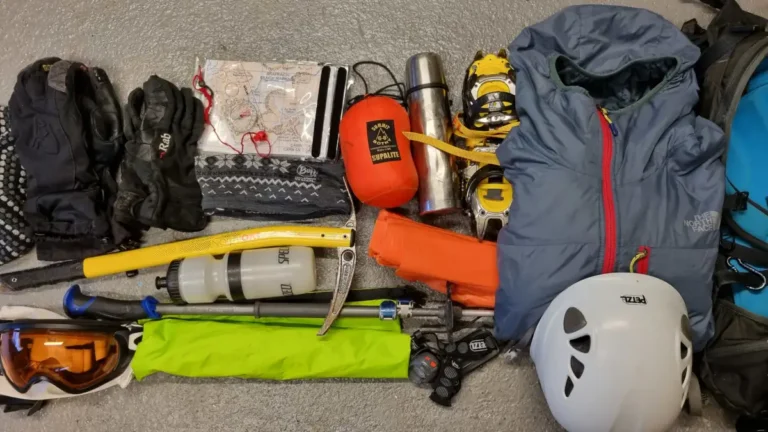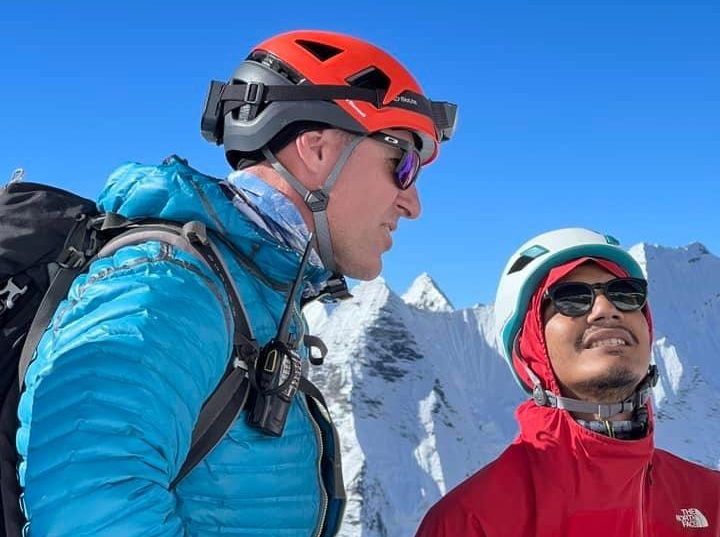For many winter enthusiasts, the allure of untracked powder and the serenity of snowy landscapes beyond the crowded ski resort boundaries is irresistible. However, venturing into these untamed areas requires more than just a sense of adventure—it demands the right safety gear.
The Big Three: Avalanche Safety Essentials
Before heading into the backcountry, ensure you have the essential trio of avalanche safety gear: an avalanche transceiver, a snow probe, and a snow shovel.
Avalanche Transceiver (Beacon)
An avalanche transceiver, often referred to as a beacon, is critical for locating buried companions in the event of an avalanche. Unlike a personal locator beacon (PLB), which sends out a distress signal, an avalanche transceiver emits a local signal in send mode and can search for signals in receive mode. To choose the right one, check out our guide on selecting an avalanche transceiver.
Snow Probe
This collapsible, tent-pole-like tool is used to pinpoint a buried person’s location after the transceiver has helped narrow down the search area. A longer probe is generally more effective, allowing you to probe deeper without constantly having to crouch.
Snow Shovel
An essential tool for digging out avalanche victims, most snow shovels can be disassembled to fit into a backpack. Opt for a larger shovel to move more snow quickly—rescuing a buried person often involves shifting a massive amount of snow. For more information, see our guide on choosing a snow shovel.
You can often find these three essentials sold together in convenient packages.
Training: The Ultimate Safety Essential
Having the right gear is only half the battle; knowing how to use it is crucial. Statistics show that you have approximately 10 minutes to locate and dig out a buried person before survival rates drop dramatically. Therefore, regular training and practice are vital.
Start with a basic avalanche course and follow up with specific rescue training. Resources like Avalanche.org list courses nationwide, and organizations such as REI and the Northwest Avalanche Center offer classes. The American Institute of Avalanche Research and Education (AIARE) provides comprehensive safety and rescue courses. To get an idea of what these courses cover, read our overview of avalanche rescue.
Carry an AIARE Quick Reference Rescue Card in an accessible pocket for a step-by-step reminder during a rescue—though remember, it does not replace thorough training.
Additional Avalanche Safety Gear
Avalanche Airbag Packs
An airbag pack can help keep you near the surface of an avalanche, reducing burial depth and rescue time. These packs use either compressed air cartridges or powerful fans to inflate an airbag. Cartridge-style packs are generally more affordable but require refilling after each use and cannot be taken on airplanes. Fan-style packs, while more expensive, can be reused multiple times on a single charge and can be carried on flights.
RECCO Reflectors
These small, passive reflectors are embedded in some skiwear and gear, allowing rescuers to locate you with RECCO detectors. While not a substitute for an avalanche transceiver, they provide an additional layer of safety in areas equipped with RECCO technology.
Snow Safety Tools
Slope Meter
A slope meter helps you measure the angle of a slope, crucial for assessing avalanche risk. Alternatives include clinometers, slope-angle stickers, and smartphone apps.
Snow Saw
Used in conjunction with your shovel for snow stability tests and for building snow shelters.
Snow Crystal Card
This card helps analyze snow crystals when assessing snowpack stability, providing insight into how well different layers are bonding.
Avalanche Safety Gear Checklist
The Three Essentials:
- Avalanche transceiver
- Snow probe
- Snow shovel
Nice-to-Have Gear:
- Avalanche airbag pack
- Snow testing tools
Final Note
Safety is paramount. This blog post is meant to supplement your knowledge, but no article or video can replace professional training and hands-on experience. Ensure you are well-practiced and fully prepared before exploring backcountry terrain.









